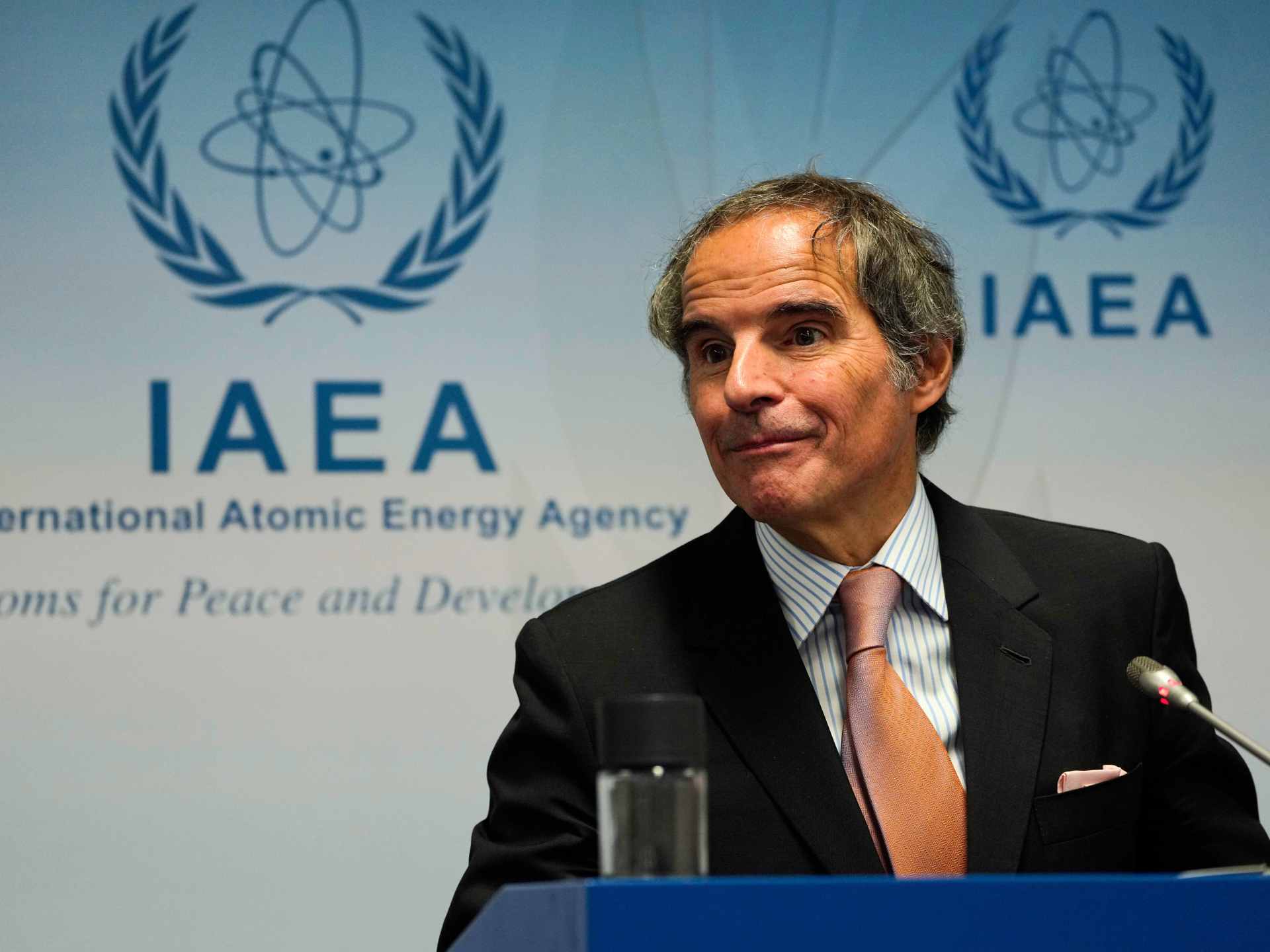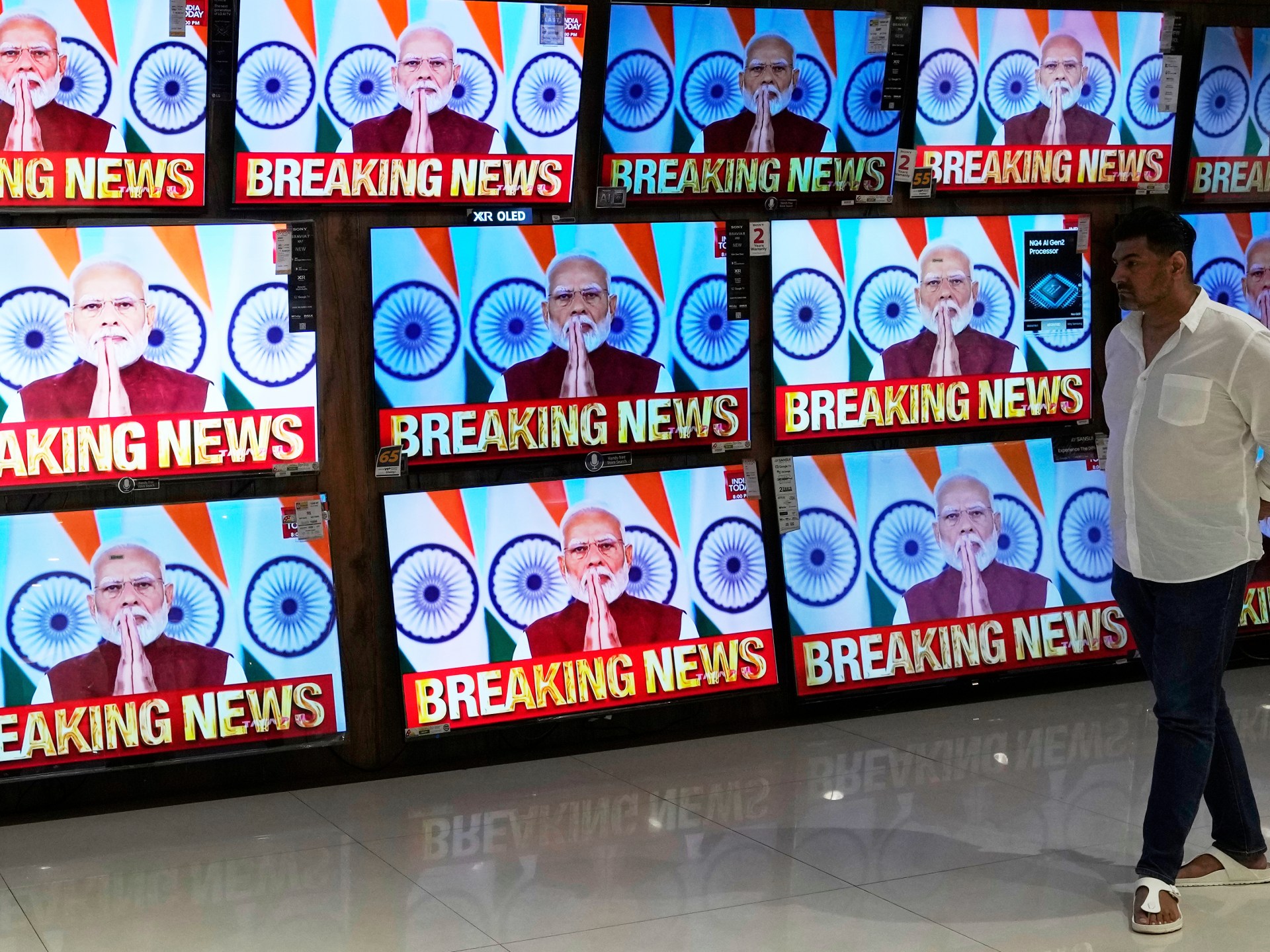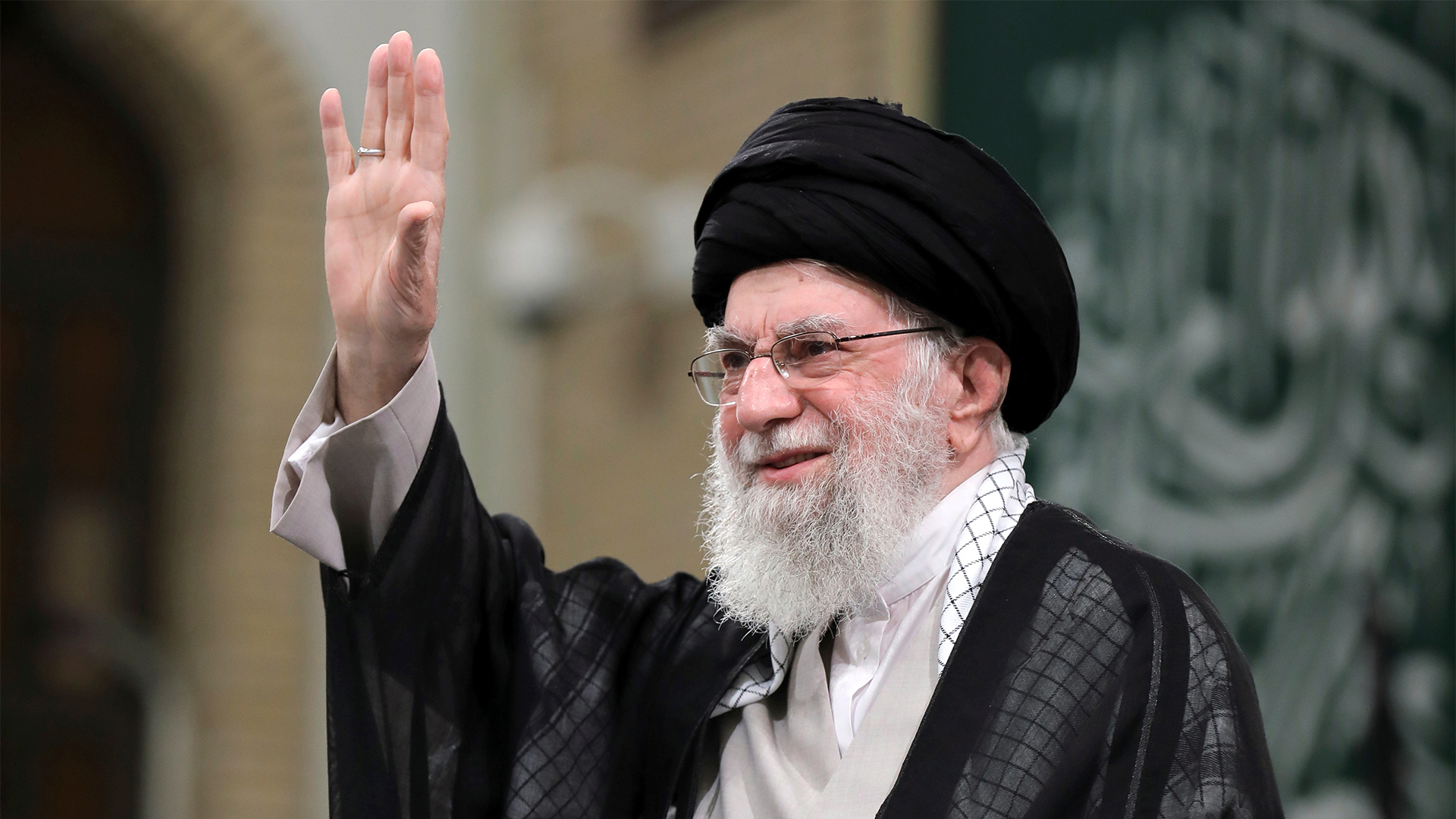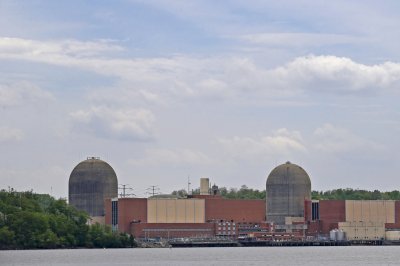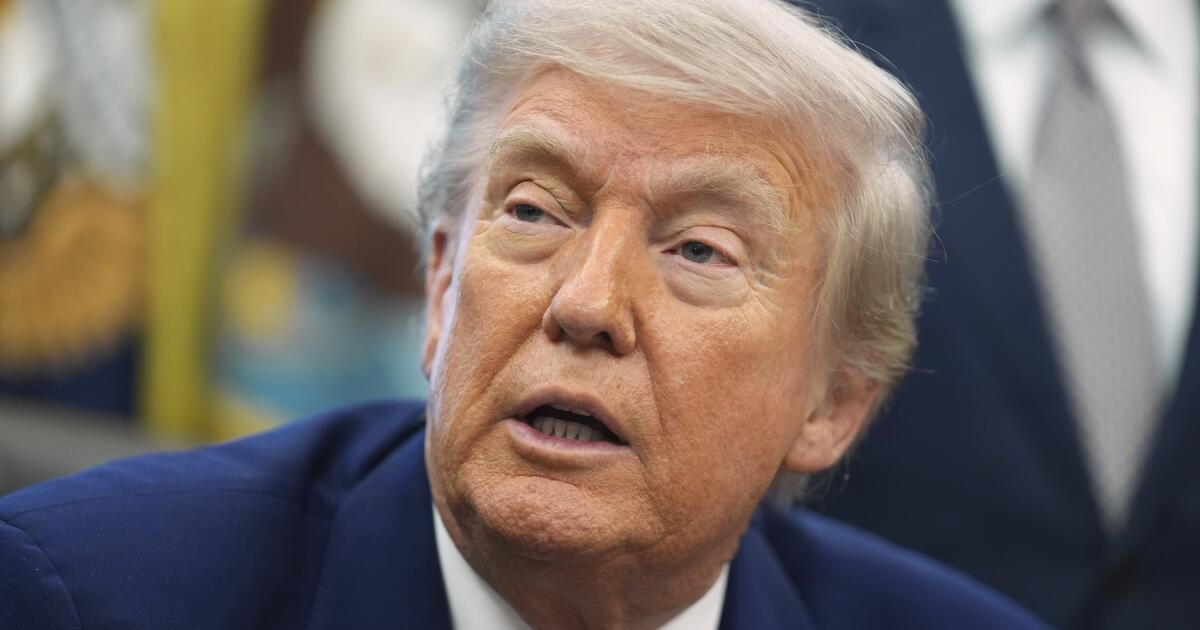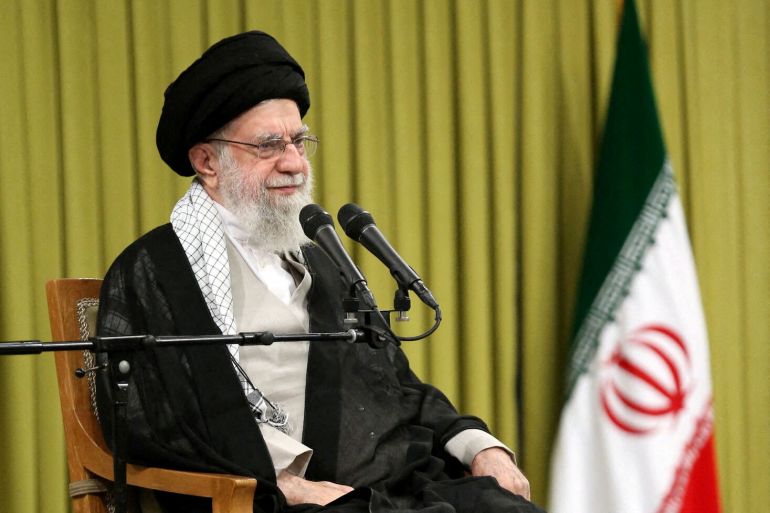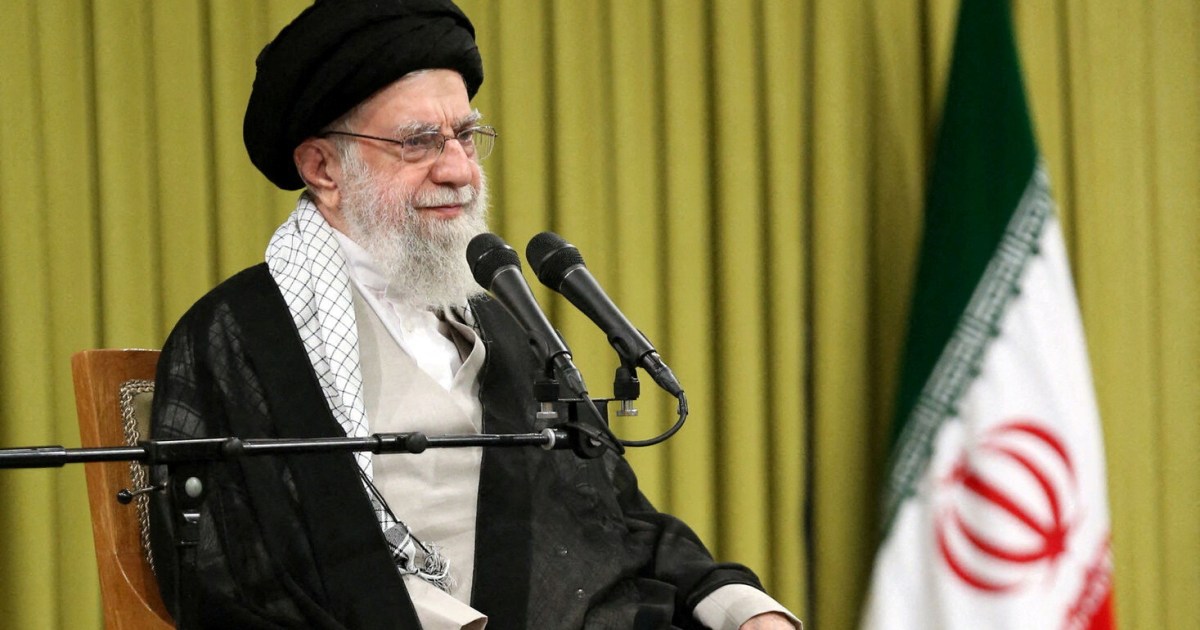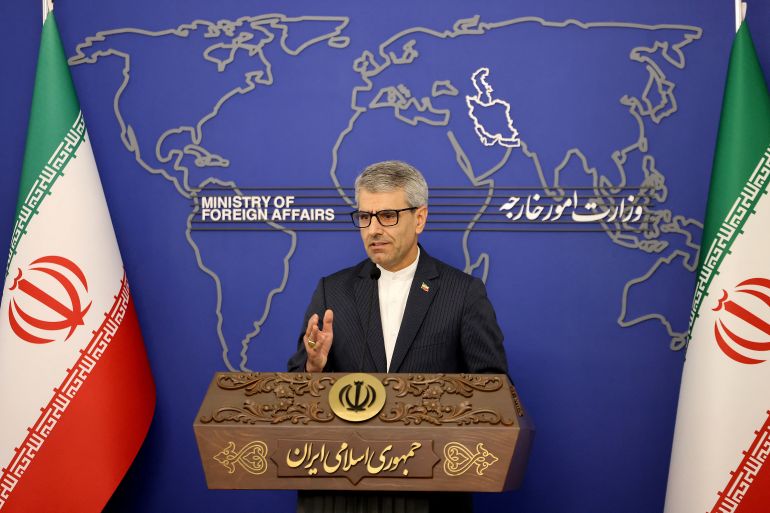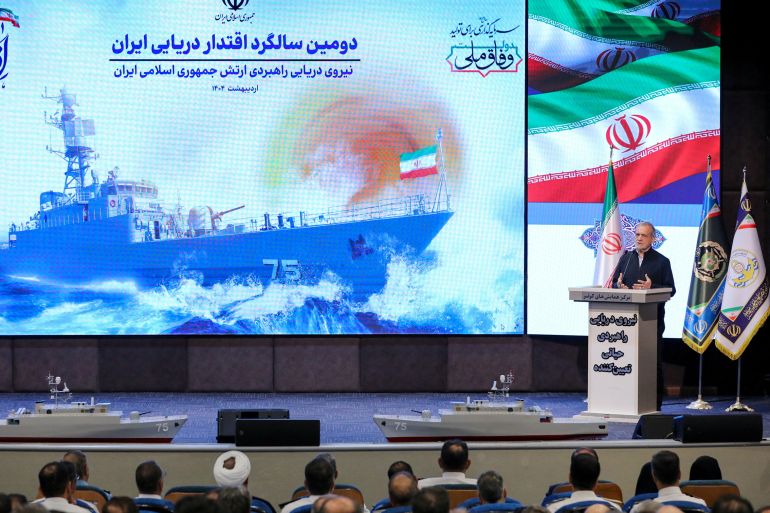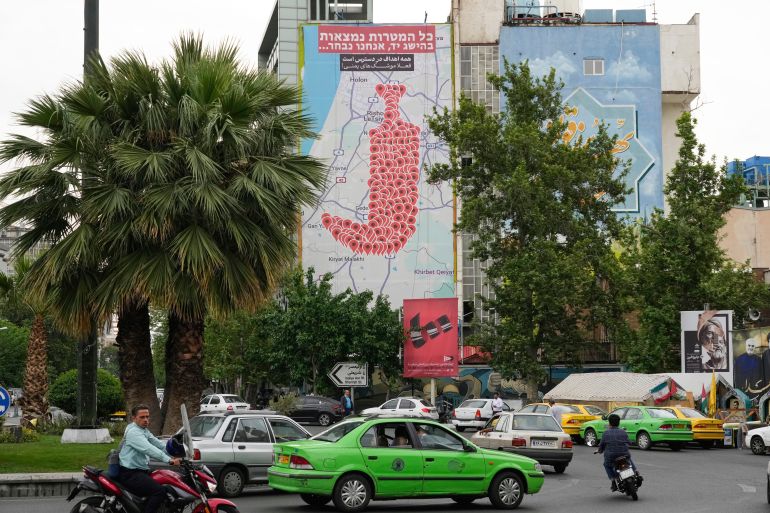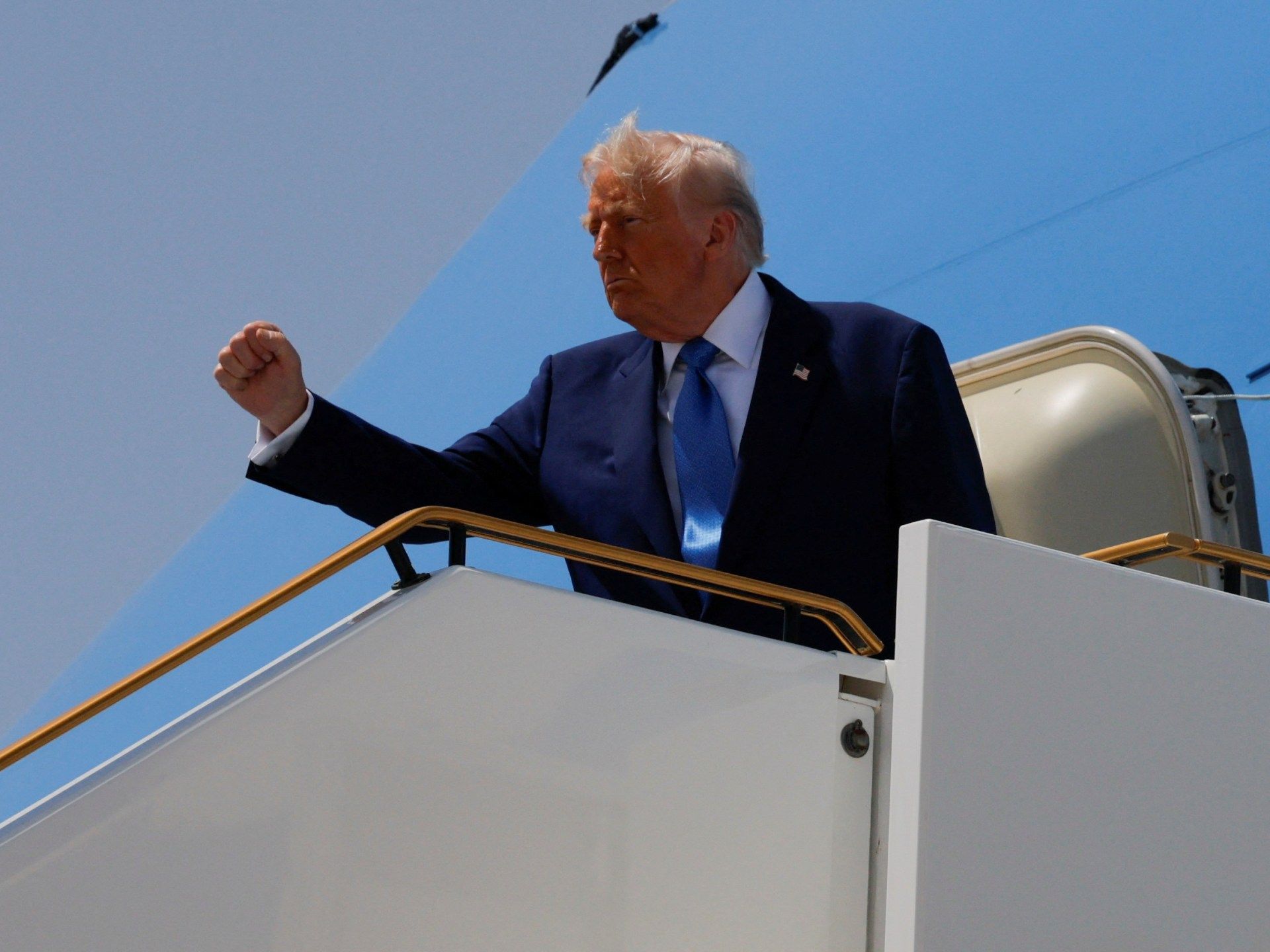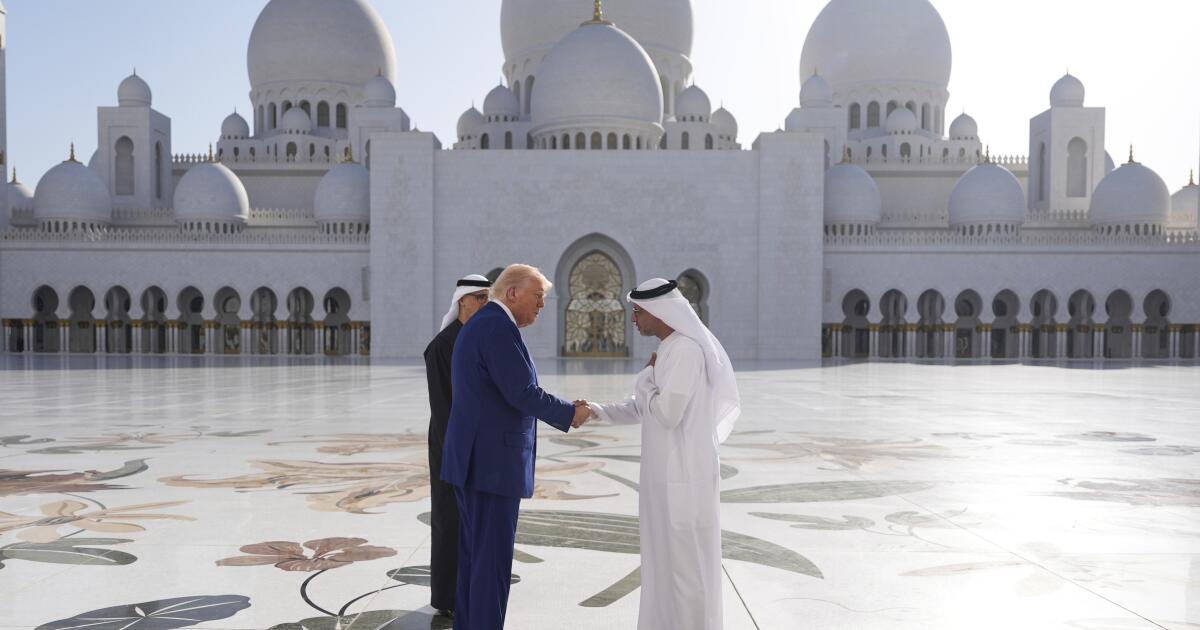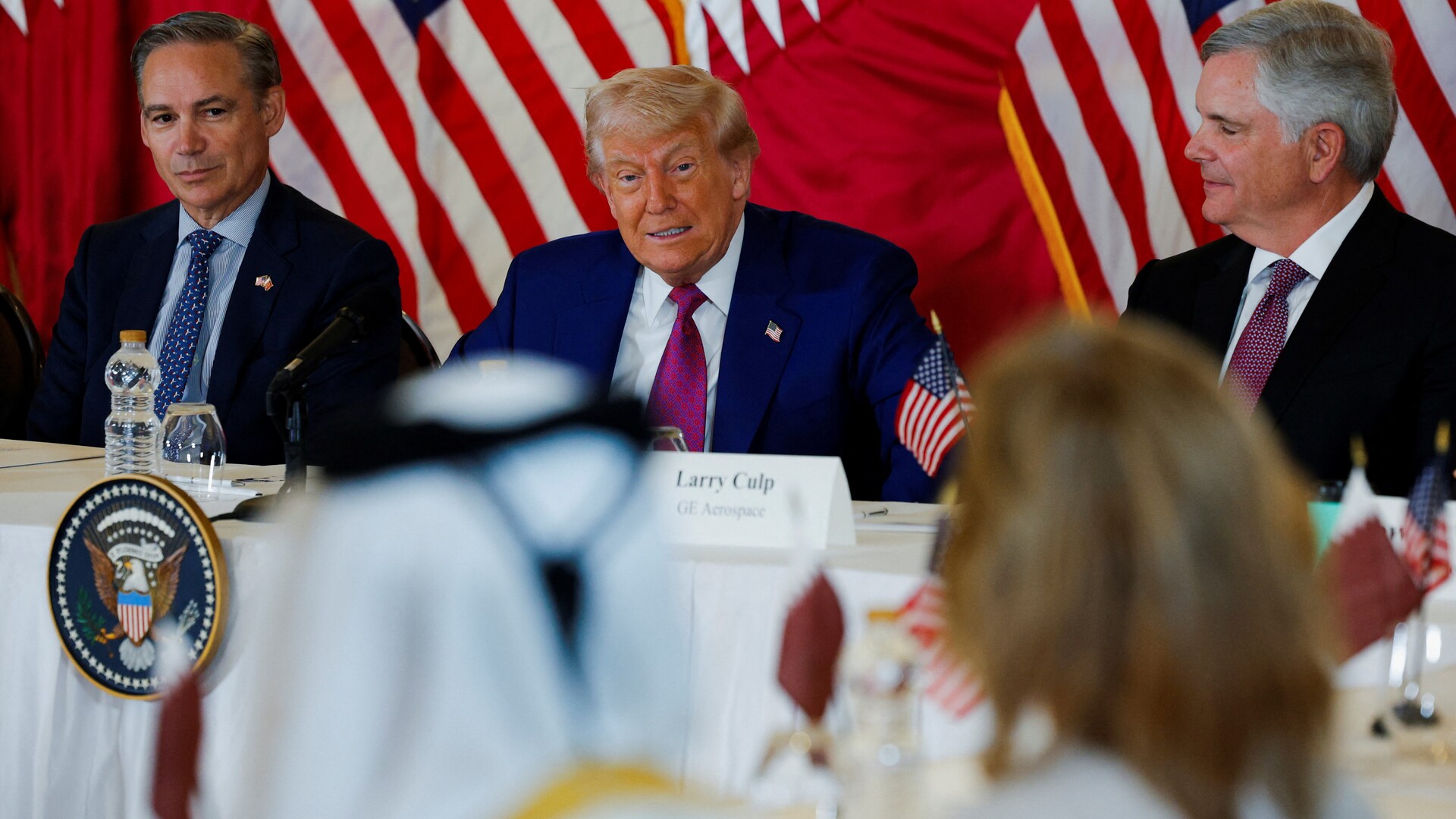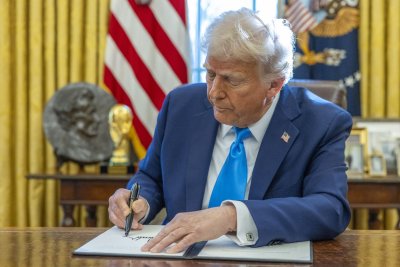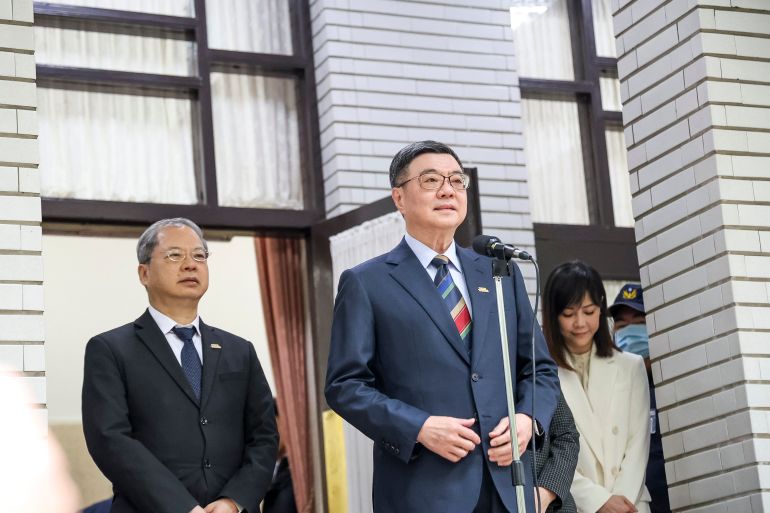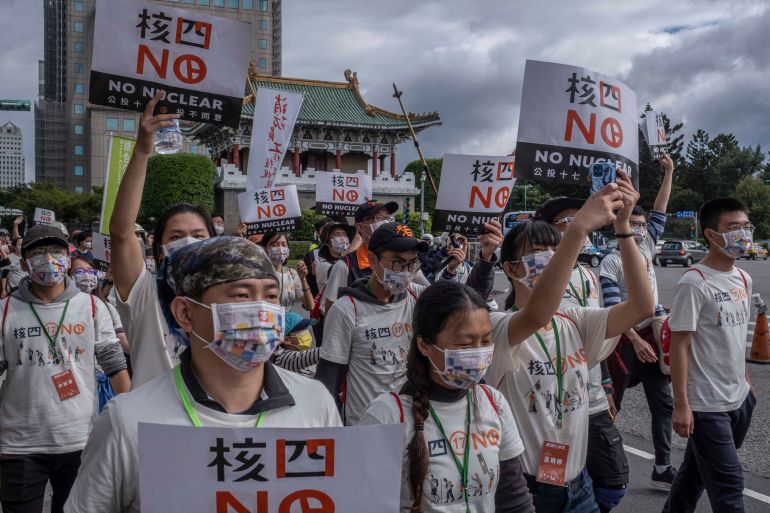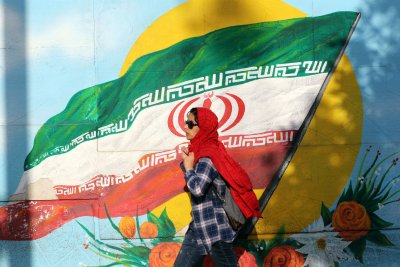When India launched Operation Sindoor and Pakistan replied with Operation Bunyan-um-Marsoos, the world braced for escalation. Analysts held their breath. Twitter exploded. The Line of Control – that jagged scar between two unfinished imaginations of nationhood – lit up again.
But if you think what happened earlier this month was merely a military exchange, you’ve missed the real story.
This was a war, yes, but not just of missiles. It was a war of narratives, orchestrated in headlines, hashtags, and nightly newsrooms. The battlefield was the media. The ammunition was discourse. And the casualties were nuance, complexity, and truth.
What we witnessed was the culmination of what scholars call discursive warfare — the deliberate construction of identity, legitimacy, and power through language. In the hands of Indian and Pakistani media, every act of violence was scripted, every image curated, every casualty politicised. This wasn’t coverage. It was choreography.
Scene one: The righteous strike
On May 6, India struck first. Or, as Indian media framed it, India defended first.
Operation Sindoor was announced with theatrical pomp. Twenty-four strikes in twenty-five minutes. Nine “terror hubs” destroyed. Zero civilian casualties. The villains — Jaish-e-Muhammad, Lashkar-e-Taiba, “terror factories” across Bahawalpur and Muzaffarabad in Pakistan – were said to be reduced to dust.
The headlines were triumphalist: “Surgical Strikes 2.0”, “The Roar of Indian Forces Reaches Rawalpindi”, “Justice Delivered”. Government spokespeople called it a “proportionate response” to the Pahalgam massacre that had left 26 Indian tourists dead. Defence Minister Rajnath Singh declared: “They attacked India’s forehead, we wounded their chest”. Cinematic? Absolutely. Deliberate? Even more so.
Indian media constructed a national identity of moral power: a state forced into action, responding not with rage but with restraint, armed not just with BrahMos missiles but with dharma – righteous duty and moral order. The enemy wasn’t Pakistan, the narrative insisted — it was terror. And who could object to that?
This is the genius of framing. Constructivist theory tells us that states act based on identities, not just interests. And identity is forged through language. In India’s case, the media crafted a story where military might was tethered to moral clarity. The strikes weren’t aggression — they were catharsis. They weren’t war — they were therapy.
But here’s the thing: therapy for whom?
Scene two: The sacred defence
Three days later, Pakistan struck back. Operation Bunyan Marsoos — Arabic for “iron wall” — was declared. The name alone tells you everything. This wasn’t just a retaliatory strike; it was a theological assertion, a national sermon. The enemy had dared to trespass. The response would be divine.
Pakistani missiles reportedly rained down on Indian military sites: brigade headquarters, an S-400 system, and military installations in Punjab and Jammu. Prime Minister Shehbaz Sharif proclaimed that Pakistan had “avenged the 1971 war”, in which it had capitulated and allowed Bangladesh to secede. That’s not battlefield strategy. That’s myth-making.
The media in Pakistan amplified this narrative with patriotic zeal. Indian strikes were framed as war crimes, mosques hit, civilians killed. Photographs of rubble and blood were paired with captions about martyrdom. The response, by contrast, was precise, moral, and inevitable.
Pakistan’s national identity, as constructed in this moment, was one of righteous victimhood: we are peaceful, but provoked; restrained, but resolute. We do not seek war, but we do not fear it either.
The symmetry is uncanny. Both states saw themselves as defenders, never aggressors. Both claimed moral superiority. Both insisted the enemy fired first. Both said they had no choice.
Constructing the enemy and the victim
The symmetry was also apparent in the constructed image of the enemy and the delcared victims.
India portrayed Pakistan as a terror factory: duplicitous, rogue, a nuclear-armed spoiler addicted to jihad. Pakistani identity was reduced to its worst stereotype, deceptive and dangerous. Peace, in this worldview, is impossible because the Other is irrational.
Pakistan, in turn, cast India as a fascist state: led by a majoritarian regime, obsessed with humiliation, eager to erase Muslims from history. Prime Minister Narendra Modi was the aggressor. India was the occupier. Their strikes were framed not as counterterrorism but as religious war.
In each case, the enemy wasn’t just a threat. The enemy was an idea — and an idea cannot be reasoned with.
This is the danger of media-driven identity construction. Once the Other becomes a caricature, dialogue dies. Diplomacy becomes weakness. Compromise becomes betrayal. And war becomes not just possible, but desirable.
The image of the Other also determined who was considered a victim and who was not.
While missiles flew, people died. Civilians in Kashmir, on both sides, were killed. Border villages were shelled. Religious sites damaged. Innocent people displaced. But these stories, the human stories, were buried beneath the rubble of rhetoric.
In both countries, the media didn’t mourn equally. Victims were grieved if they were ours. Theirs? Collateral. Or fabricated. Or forgotten.
This selective mourning is a moral indictment. Because when we only care about our dead, we become numb to justice. And in that numbness, violence becomes easier the next time.
The battle for legitimacy
What was at stake during the India-Pakistan confrontation wasn’t just territory or tactical advantage. It was legitimacy. Both states needed to convince their own citizens, and the world, that they were on the right side of history.
Indian media leaned on the global “war on terror” frame. By targeting Pakistan-based militants, India positioned itself as a partner in global security. Sound familiar? It should. It’s the same playbook used by the United States in Iraq and Israel in Gaza. Language like “surgical”, “precision”, and “pre-emptive” doesn’t just describe, it absolves.
Meanwhile, Pakistan’s media leaned on the moral weight of sovereignty. India’s strikes were framed as an assault not just on land, but on izzat, honour. By invoking sacred spaces, by publicising civilian casualties, Pakistan constructed India not as a counterterrorist actor but as a bully and a blasphemer.
This discursive tug-of-war extended even to facts. When India claimed to have killed 80 militants, Pakistan called it fiction. When Pakistan claimed to have shot down Indian jets, India called it propaganda. Each accused the other of misinformation. Each media ecosystem became a hall of mirrors, reflecting only what it wanted to see.
Ceasefire, silence and a call to listen differently
The guns fell silent on May 13, thanks to a US-brokered ceasefire. Both governments claimed victory. Media outlets moved on. Cricket resumed. Hashtags faded.
But what lingers is the story each side now tells about itself: We were right. They were wrong. We showed strength. They backed down.
This is the story that will shape textbooks, elections, military budgets. It will inform the next standoff, the next skirmish, the next war.
And until the story changes, nothing will. And it can change.
Narratives constructed on competing truths, forged in newsrooms and battlefields, performed in rallies and funerals, are not eternal.
Just as they were constructed, they can be deconstructed. And that can happen only if we start listening not to the loudest voice, but to the one we’ve learned to ignore.
So the next time war drums beat, ask not just who fired first, but who spoke last. And ask what story that speech was trying to tell.
Because in South Asia, the most dangerous weapon isn’t nuclear.
It’s narrative.
The views expressed in this article are the author’s own and do not necessarily reflect Al Jazeera’s editorial stance.
